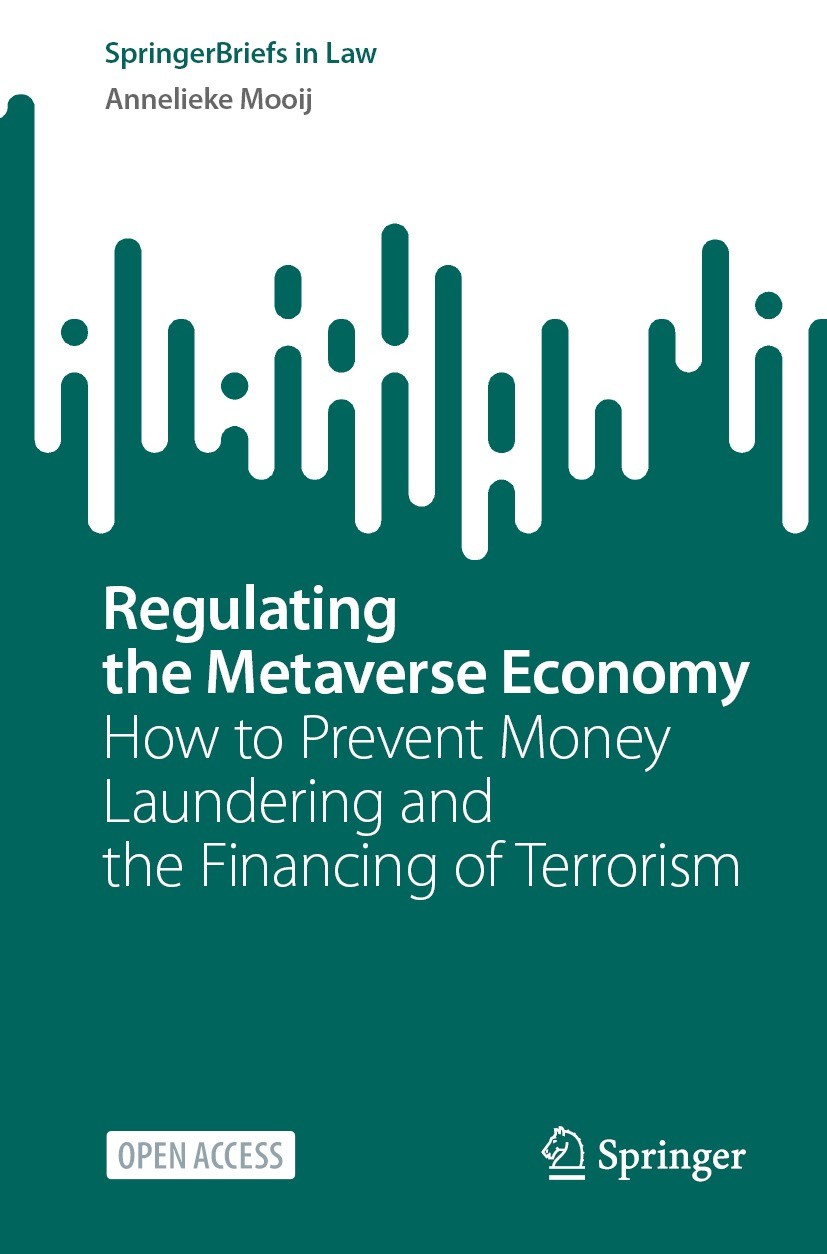| 书目名称 | Regulating the Metaverse Economy |
| 副标题 | How to Prevent Money |
| 编辑 | Annelieke Mooij |
| 视频video | http://file.papertrans.cn/826/825626/825626.mp4 |
| 概述 | Provides discussion on regulating the Metaverse.Includes revolutionary ideas on incorporating AI into supervision.Provides a comprehensive analysis on upcoming issues with regard to virtual finance.Th |
| 丛书名称 | SpringerBriefs in Law |
| 图书封面 |  |
| 描述 | .This open access book examines regulating an environment that has no jurisdiction, is fully anonymous and infinitely vast? Welcome to the Metaverse, an online virtual reality that is expected to add billions to the global economy. The Metaverse offers a new type of virtual economy with practically endless business opportunities. The question is how to prevent these opportunities from being abused to commit money laundering and finance terrorism (MLFT)...This book explores the current European Union legislation designed to prevent MLFT in connection with the Metaverse. It analyses the legislation in relation to the three traditional stages of MLFT: placement, layering and integration. Furthermore, some additional risks specific to the Metaverse are discussed, such as Non-Fungible Tokens (NFTs) and the high level of anonymity. The book concludes that the current legislation is not suitable for facing the new challenges of the Metaverse. ..In turn, the book putsforward a novel approach to regulating and enforcing MLFT legislation: using a system of smart assets equipped with AI to prevent and detect MLFT. In addition, it makes recommendations on how to improve the legal framework wit |
| 出版日期 | Book‘‘‘‘‘‘‘‘ 2024 |
| 关键词 | Metaverse; Regulating virtual environments; EU Directive Money Laundering and Financing of Terrorism; A |
| 版次 | 1 |
| doi | https://doi.org/10.1007/978-3-031-46417-1 |
| isbn_softcover | 978-3-031-46416-4 |
| isbn_ebook | 978-3-031-46417-1Series ISSN 2192-855X Series E-ISSN 2192-8568 |
| issn_series | 2192-855X |
| copyright | The Editor(s) (if applicable) and The Author(s) 2024 |
 |Archiver|手机版|小黑屋|
派博传思国际
( 京公网安备110108008328)
GMT+8, 2025-11-11 19:51
|Archiver|手机版|小黑屋|
派博传思国际
( 京公网安备110108008328)
GMT+8, 2025-11-11 19:51


